Audi Urban Futures installation by BIG
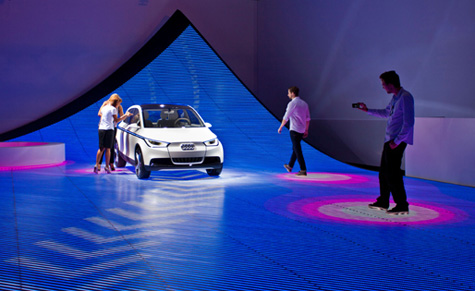
Thanks to the efforts of certain manufacturers, the image of the car is being subtly transformed from that of a sinful resource guzzler into a clean and efficient vehicle full of future promise. But while our new friends electric may be less polluting, the cars and their drivers still dominate our city life.
Audi is on a mission to change all this. In 2010, it initiated the biennial Audi Urban Future Award competition for architecture and urban development, won by German architect Juergen Mayer H. His concept of a networked city was exhibited alongside other high tech visions for urban living by runners up, including Alison Brooks and Bjarke Ingels Group (BIG).
The latter's idea has just been presented as an interactive, three-dimensional LED installation at Design Miami. Developed with Kollision and Schmidhuber & Partner, it illustrates a new model for urban mobility or 'digital street life'.
The concept introduces a new kind of flexibility for urban traffic, with streets that can continuously change function from highways to pedestrian zones. It looks at how the city could be when we cede responsibility for urban driving to driverless vehicles that continuously gather information about the movements of people and other road users and responds with far greater speed, accuracy and reliability than our own limited sensory apparatus can match.
In this environment, pedestrians would have priority and cars would react to them both individually and as a swarm - rerouting when necessary.
We still have our doubts - the number of us experiencing smart phone gps difficulties while hopping between venues during Design Miami was enough to set even the most stalwart believers in technological singularity a-twitch. But to the project designers' credit, the interactive display on the Audi stand, based on good old Xbox technology, went without a hitch at the opening and there wasn't a single pile-up despite all the champagne.
We caught up with BIG, as well as Tobias Løssing and Rune Nielsen Kollision to find out more.
Wallpaper* Newsletter
Receive our daily digest of inspiration, escapism and design stories from around the world direct to your inbox.
What was the starting point for your research into potential urban futures for Audi?
This pavilion is as a prototype based on some ideas we developed for the city of the future. We have been looking at the potential impact on our cities through innovations in driverless technologies. Right now space is proportioned for the peak load times in the city. So we have all this space waiting around in the city for the next traffic jam. What would happen if the city could become much more elastic - a space for human life where social activity could expand and contract?
Here the cars could be collectively coordinated with a central intelligence so a swarm-like behaviour could make them drive in a much more compact way and their distribution in the city could be much more fluid. Traffic jams could be avoided and large areas of the streets could instantly be taken over for other programs such as political or social events.
What inspired you to develop your solution?
Bjärke went on holiday to Hanoi in Vietnam, where the local citizens get up at 5am to play badminton and do gymnastics on streets that three hours later are full of traffic when rush hour starts. So we imagined that this might be possible not just in Hanoi and not just at 5am. Where all the space that is reserved for car driving could be used for other things thanks to this innovation.
So what does this prototype show?
What the floor surface in the pavilion does is make all the sensory input that a driverless car has visible. It translates the positions and movements of people into this dynamic urban space that it is constantly trying to navigate. The area arrows on the ground in front of the car show its projected path and, when people move around, they have a sort of sanctuary around them, a pink halo that the car reserves for you. As you move you can see that the car constantly recalculates where it is going to go in response. The living city is not a static space, it is a dynamic space that is constantly being recomposed and reconfigured and this is what the car senses. Since the advent of the car, a lot of urban planning has been focused exclusively on the cars. Pedestrians and people became almost secondary to this planning. Here, rather than the people adapting to the car, the car adapts to the people.
This city future seems to be just one of people and cars - is that not too simplistic?
No, we are well aware that there are always all kinds of transportation. A city like Copenhagen, for example, is the result of careful planning since the 1970s. There are a lot of pedestrian zones, bicycle lanes everywhere - 37% of Copenhageners commute by bike - there is a subway system, buses, trains and cars. So I think the future is not an 'either/or' scenario, You need all kinds of ways to move through the city that have to work together. I think the driverless car is a technology that enables a much more refined, sophisticated and flexible interaction between bicycles, pedestrians and cars.
Does this mean we will lose the driver experience completely in the future?
Driving a car is fun, we don't want to lose that by just having public transport. Outside the urban zones there are still the highways where you can take over the control of the car again and enjoy the driving experience.
Do we really need driverless cars and complex technology for this kind of urban space you are talking about?
There have been pilot studies where all the traffic signs and restrictions between road and pavement were removed in urban areas and the people and traffic regulated themselves surprisingly well on their own.
The technology that tracks people in this prototype is actually based on the computer game console for the X-Box. It is a completely off-the-shelf toy. The inbuilt technology that will enable the driverless car is going to be very decentralised and very affordable. What it would do is, for example, at peak times instead of all cars flowing through the same arteries, a central distribution system could recalculate and send some of the cars along a slightly different route so the traffic flows more smoothly. Driverless cars will also be able to drive in a more compact way thanks to their response times, which are much faster than those of humans. This means we could liberate half of the space that is dedicated to cars today and hand it over to pedestrians.
So you are thinking more in terms of expanding the flexibility of the car as a transport medium?
Right now the car is not really a problem in the suburbs, it is almost the only way to get around there. But in the inner city they constitute a problem with noise, pollution and congestion etc. But rather than having tolls and inhibiting bringing cars in to town from the suburbs, one could imagine that your individually driven car becomes collectively co-ordinated with an automatic override and starts like performing like collective transportation.
This is not just about liberating urban space then is it? It is also about liberating the drivers' and pedestrians' minds from the intense concentration needed to negotiate their way between moving vehicles in a city environment?
If you are simultaneously trying to look at your GPS, yell at your kids and stop the dog from eating the groceries, driving a car can be a dangerous occupation. I think some 90% or more accidents are due to human error. Of course it would be nice to be able to do your work whilst you are driving or have some quality time - I like the idea of drinking and driving!
Audi has been working for some time on driverless car technology - would you have developed this concept do you think without this incentive?
Before Audi showed us their developments in driverless car technology we did some research of our own into possible futures for cities and how cars would work within them. It was clear simply from looking at the rate of innovation over the past decade that driverless technology is slowly starting to happen already. Particularly in respect to luxury vehicles - with sensors that monitor your eyes to check you are not falling asleep etc. It is quite likely that we will have fully driverless cars within a decade or so. So that's why we decided to concentrate on what will be needed when this happens.
As architects, is it not strange to be working from the perspective of the car rather than that of the buildings and town planning?
Architecture is not just the art and science of building buildings. In the bigger picture it is about making sure that our cities and buildings fit in with the way we want to live - it's about accommodating human life in the best possible way. Cities have always been shaped by the way we move around in them - from pedestrians to horse-drawn carts and cars. The driverless car could be the next innovation that really liberates our strung out suburbs and dysfunctional inner cities.
What other projects are you working on at the moment outside of architecture?
BIG also is part of a design collaboration called KiBiSi, where we design, amongst other things, bicycles for Biomega and Puma. We are also working with an early stage start-up company that wants to launch a driverless taxi system in Copenhagen. Taxis are very expensive because salaries are very high in Denmark therefore the driverless car would be a very competitive idea.
-
 All-In is the Paris-based label making full-force fashion for main character dressing
All-In is the Paris-based label making full-force fashion for main character dressingPart of our monthly Uprising series, Wallpaper* meets Benjamin Barron and Bror August Vestbø of All-In, the LVMH Prize-nominated label which bases its collections on a riotous cast of characters – real and imagined
By Orla Brennan
-
 Maserati joins forces with Giorgetti for a turbo-charged relationship
Maserati joins forces with Giorgetti for a turbo-charged relationshipAnnouncing their marriage during Milan Design Week, the brands unveiled a collection, a car and a long term commitment
By Hugo Macdonald
-
 Through an innovative new training program, Poltrona Frau aims to safeguard Italian craft
Through an innovative new training program, Poltrona Frau aims to safeguard Italian craftThe heritage furniture manufacturer is training a new generation of leather artisans
By Cristina Kiran Piotti
-
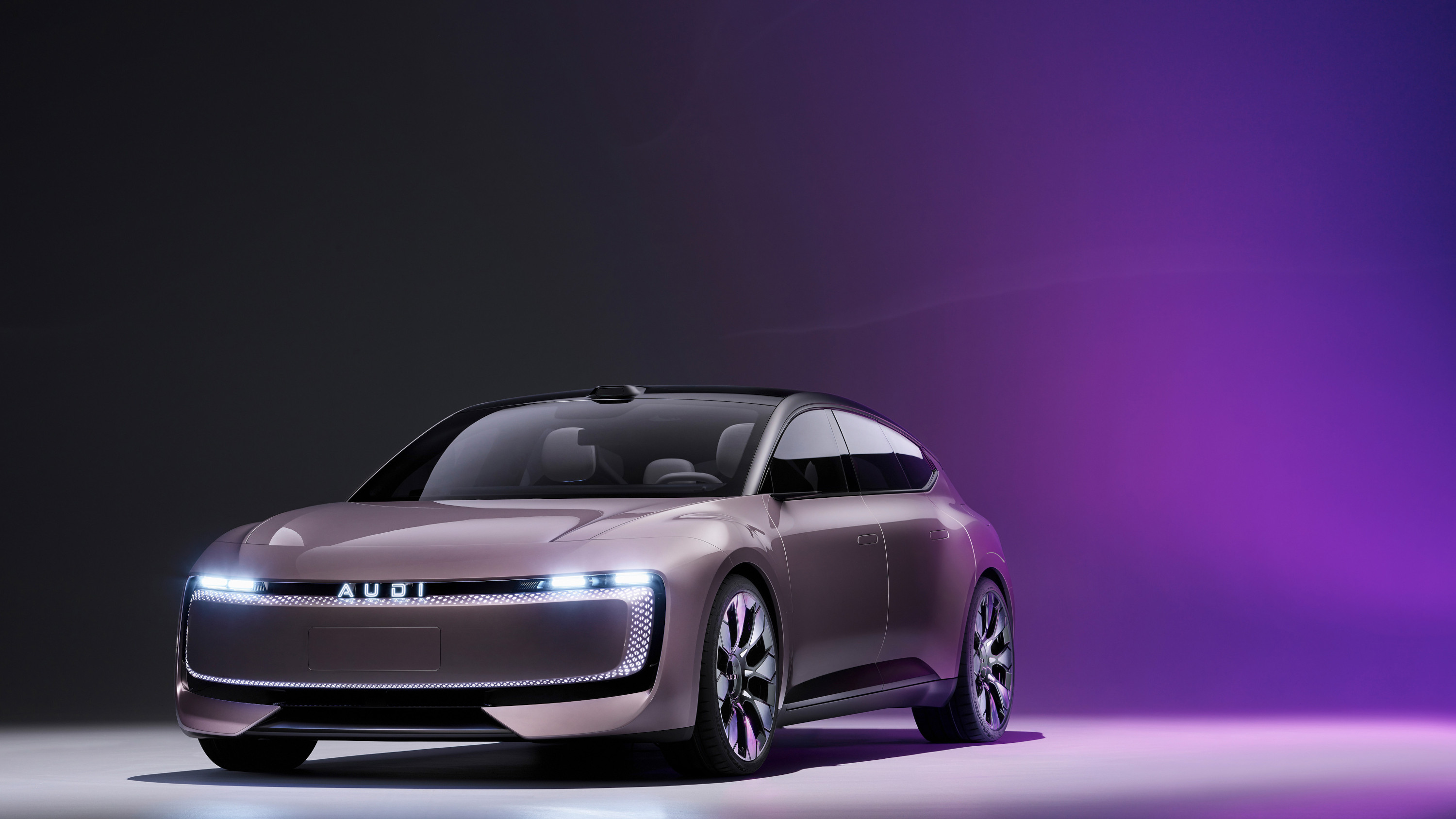 Audi launches AUDI, a China-only sub-brand, with a handsome new EV concept
Audi launches AUDI, a China-only sub-brand, with a handsome new EV conceptThe AUDI E previews a new range of China-specific electric vehicles from the German carmaker’s new local sub-brand
By Jonathan Bell
-
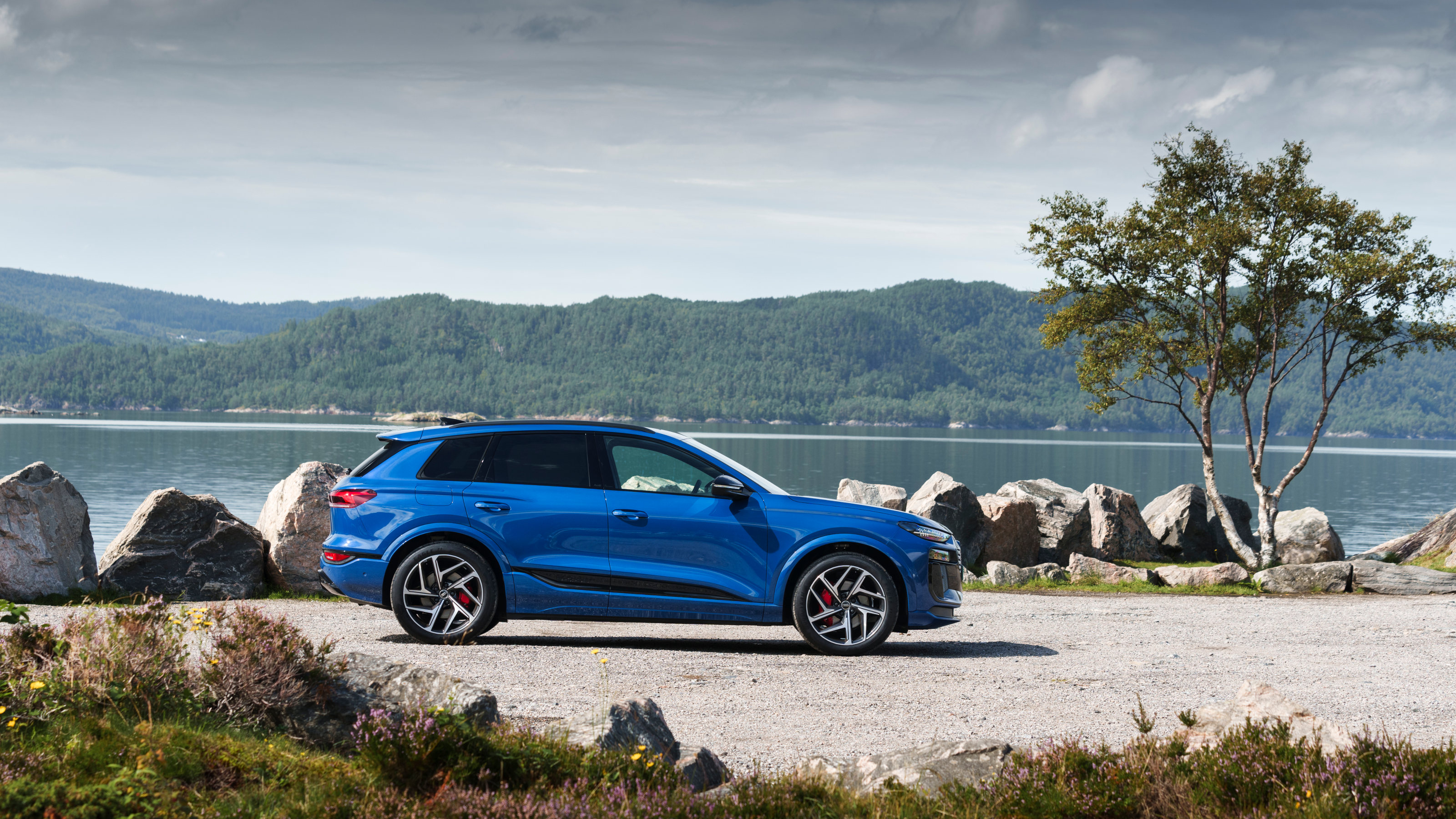 We take Audi’s new Q6 e-tron quattro around and across the fjords of Norway
We take Audi’s new Q6 e-tron quattro around and across the fjords of NorwayThe new Audi Q6 e-tron quattro is a pure EV that marks a new design direction for the German brand, setting new tech standards along the way. Transportation Editor, Jonathan Bell, takes it for a drive
By Jonathan Bell
-
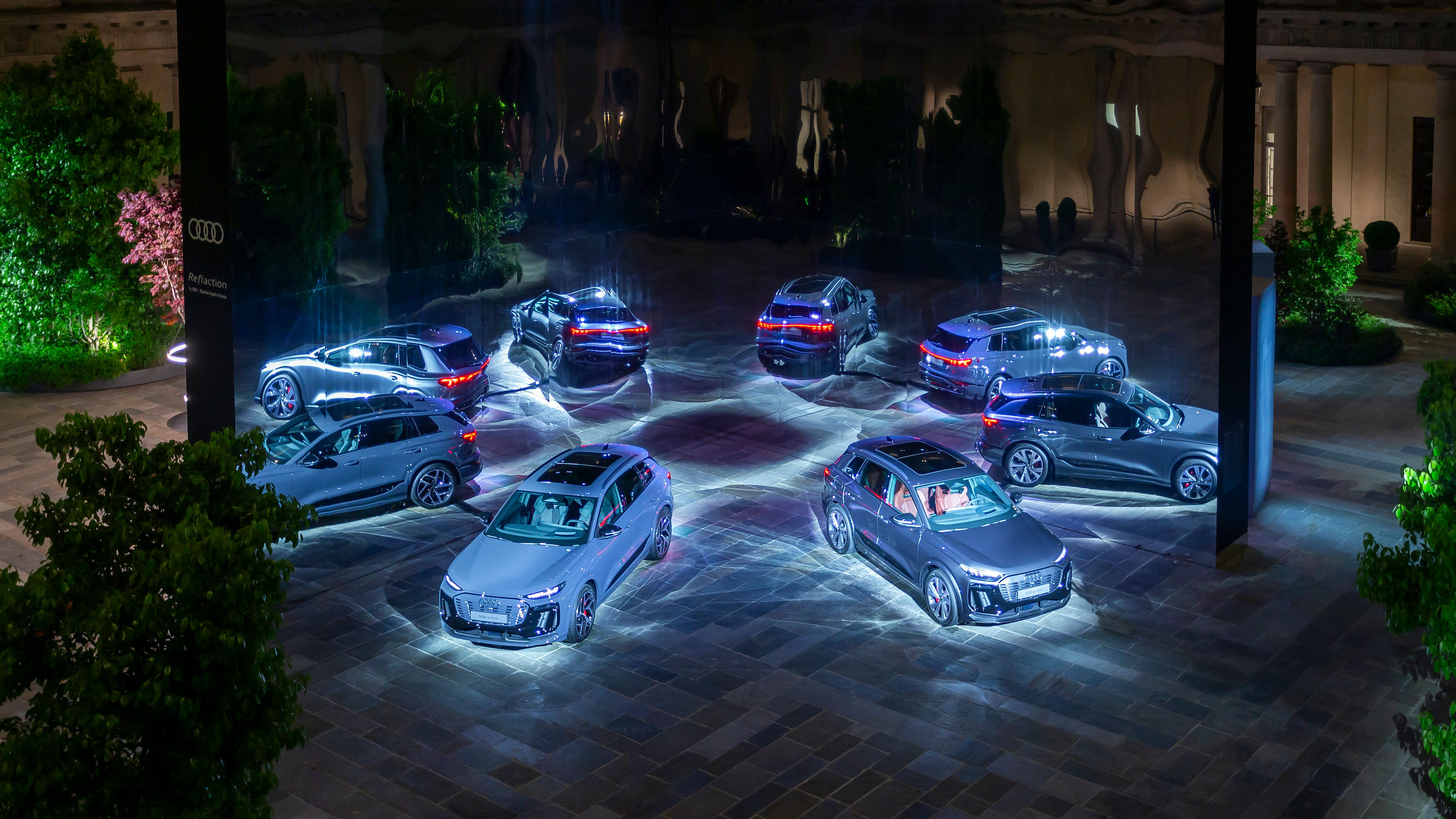 A deep dive into the new Audi Q6 e-tron, revealed at Milan Design Week 2024
A deep dive into the new Audi Q6 e-tron, revealed at Milan Design Week 2024The Audi Q6 e-tron is the brand's latest all-electric car, a stylish powerhouse launched at Audi’s House of Progress in Milan
By Shawn Adams
-
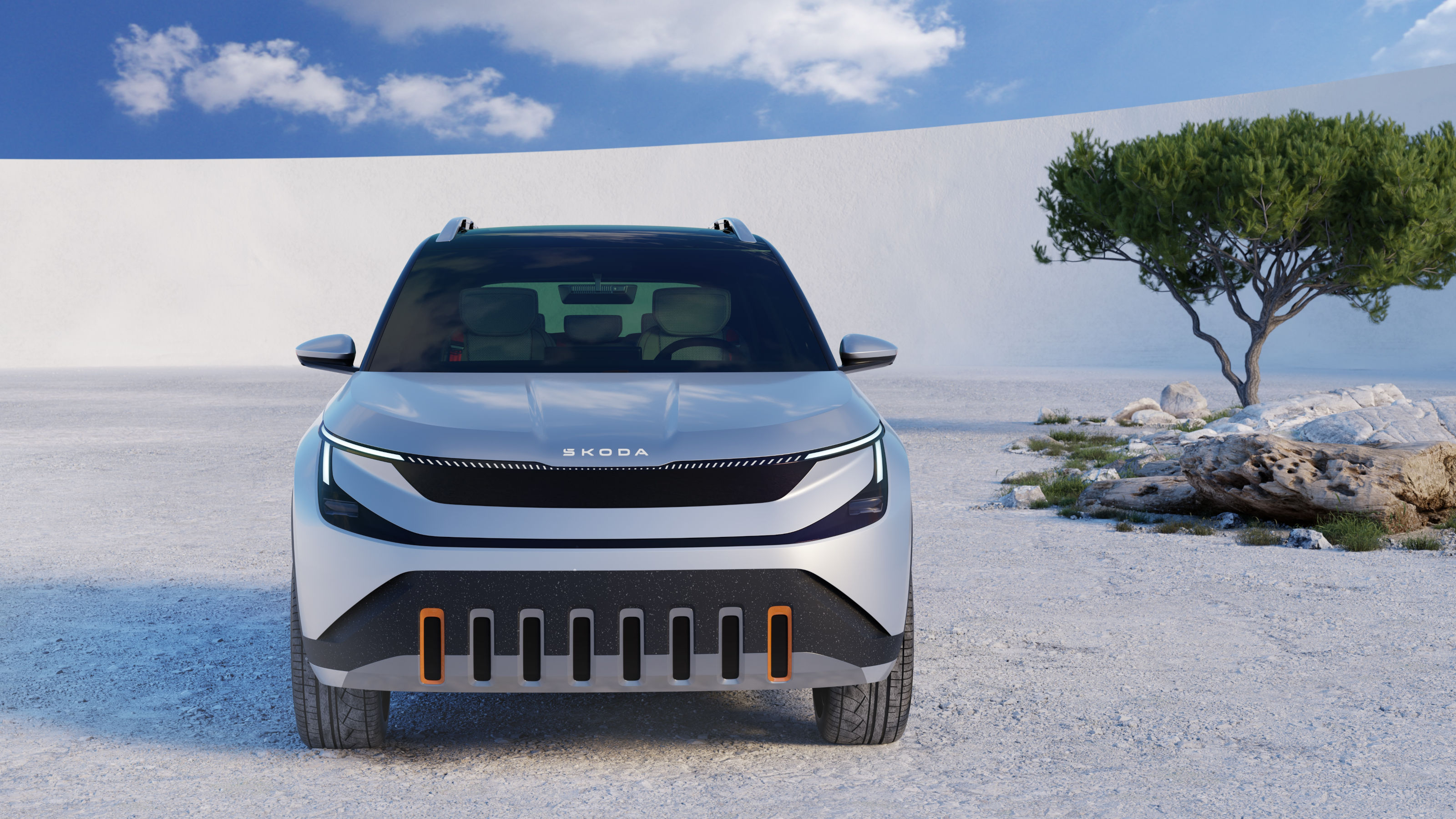 Coming soon: a curated collection of all the new EVs and hybrids that matter
Coming soon: a curated collection of all the new EVs and hybrids that matterWe've rounded up new and updated offerings from Audi, Porsche, Ineos, Mini and more to keep tabs on the shifting sands of the mainstream car market
By Jonathan Bell
-
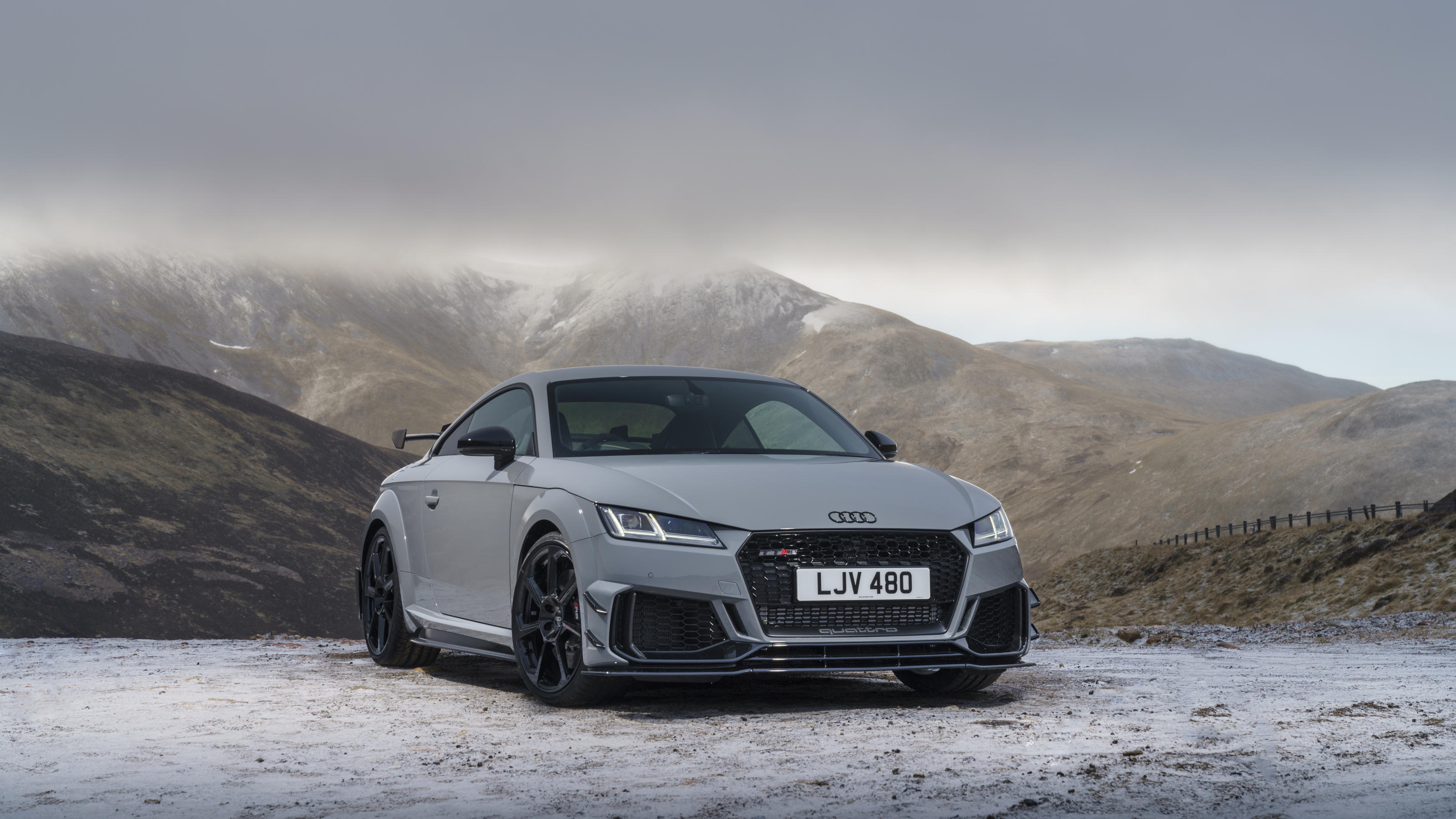 Farewell to the Audi TT, a design icon that evolved with the automotive landscape
Farewell to the Audi TT, a design icon that evolved with the automotive landscapeFor over 25 years, the Audi TT has been synonymous with the brand, a modern machine that initially favoured style over sport. The final editions are very different beasts to the original
By Jonathan Bell
-
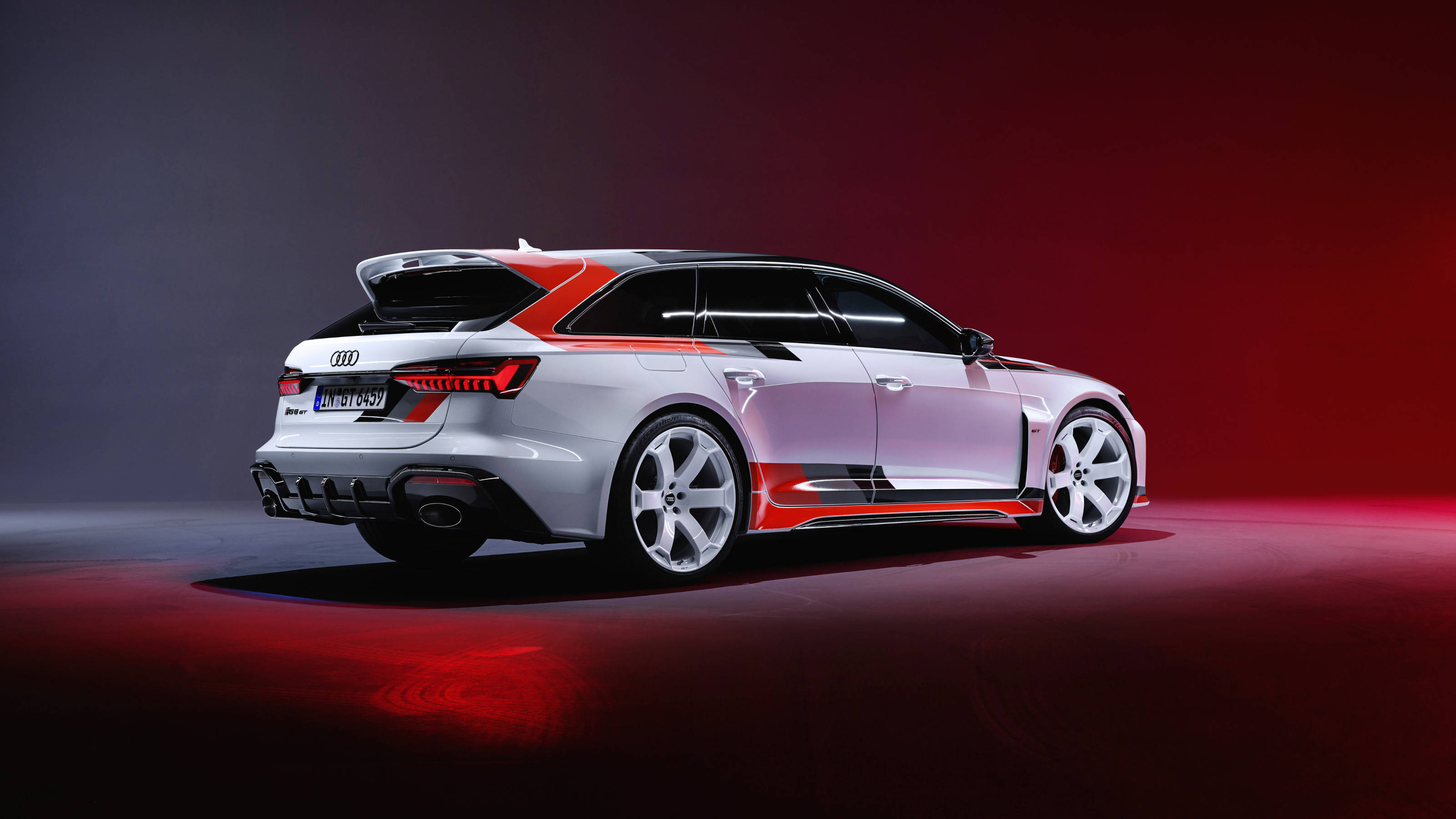 Audi RS6 Avant GT is an estate car that thinks it belongs on the track
Audi RS6 Avant GT is an estate car that thinks it belongs on the trackWith the Audi RS6 Avant GT limited-edition supercar, Audi Sport has gone all-out to create the ultimate hyper-estate
By Jonathan Bell
-
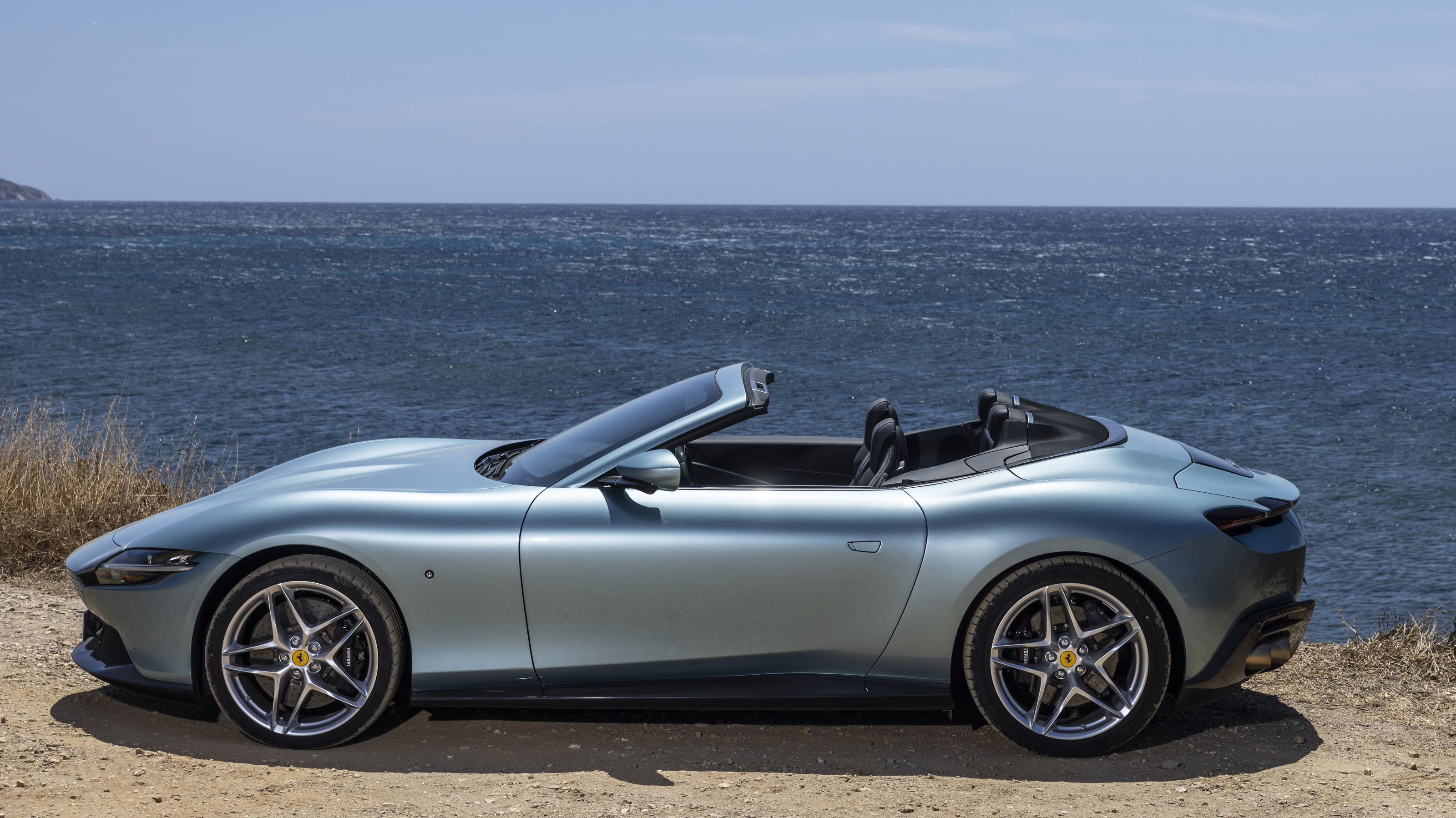 Year in review: the top 10 cars of 2023, as selected by Wallpaper’s Jonathan Bell
Year in review: the top 10 cars of 2023, as selected by Wallpaper’s Jonathan BellWhat were the best four-wheeled offerings of 2023? Transport editor Jonathan Bell takes us through the year’s most intriguing automobiles
By Jonathan Bell
-
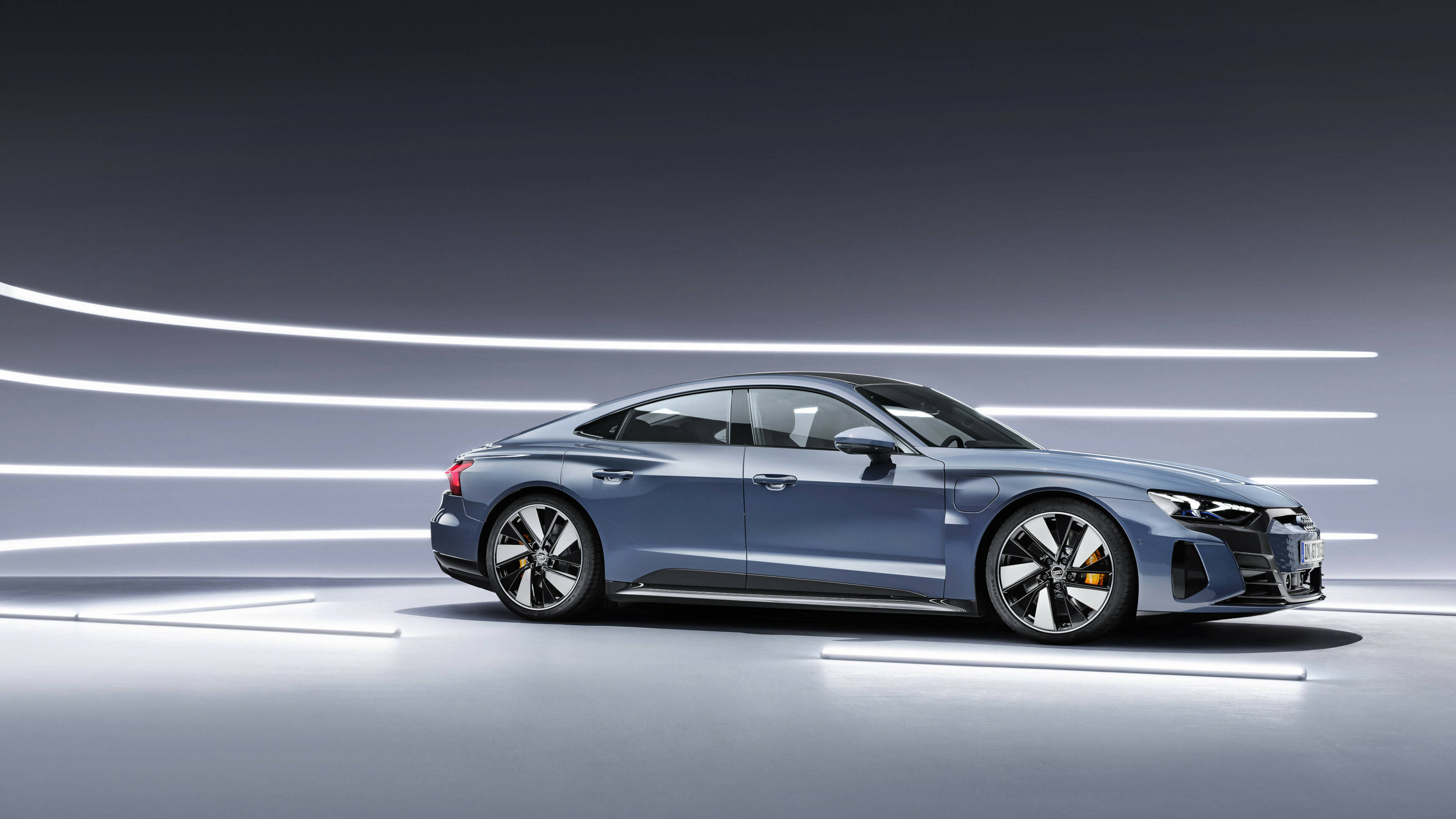 Audi e-tron GT quattro still pushes all the right buttons. But what happens next?
Audi e-tron GT quattro still pushes all the right buttons. But what happens next?Life behind the wheel of Audi’s elegant electric GT, plus a short history of the company’s e-tron series, from concept through to production
By Jonathan Bell